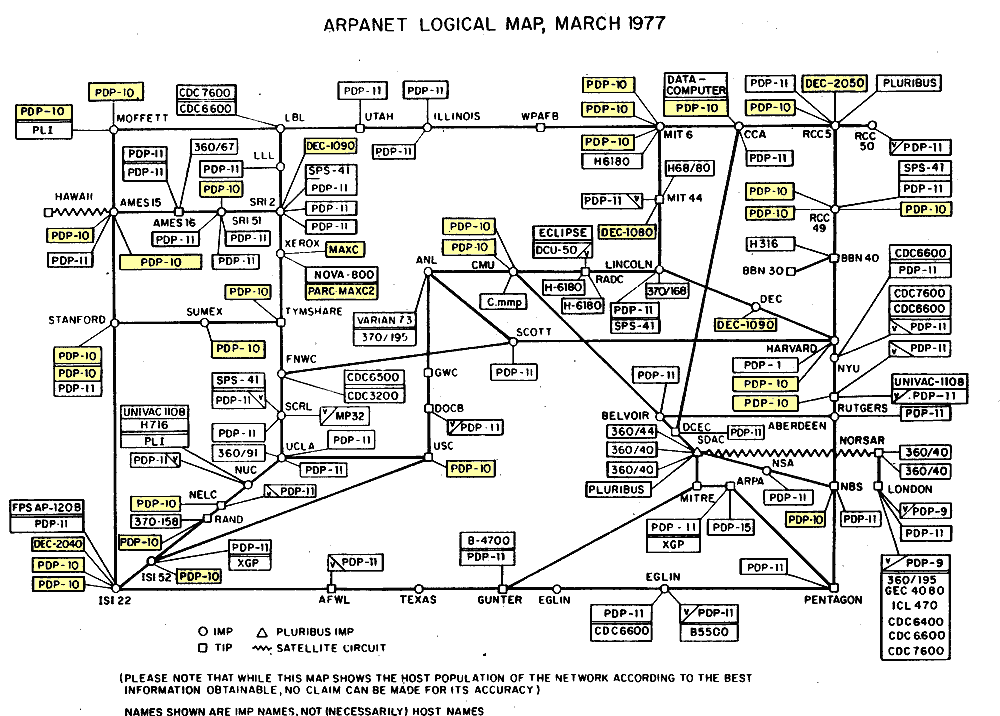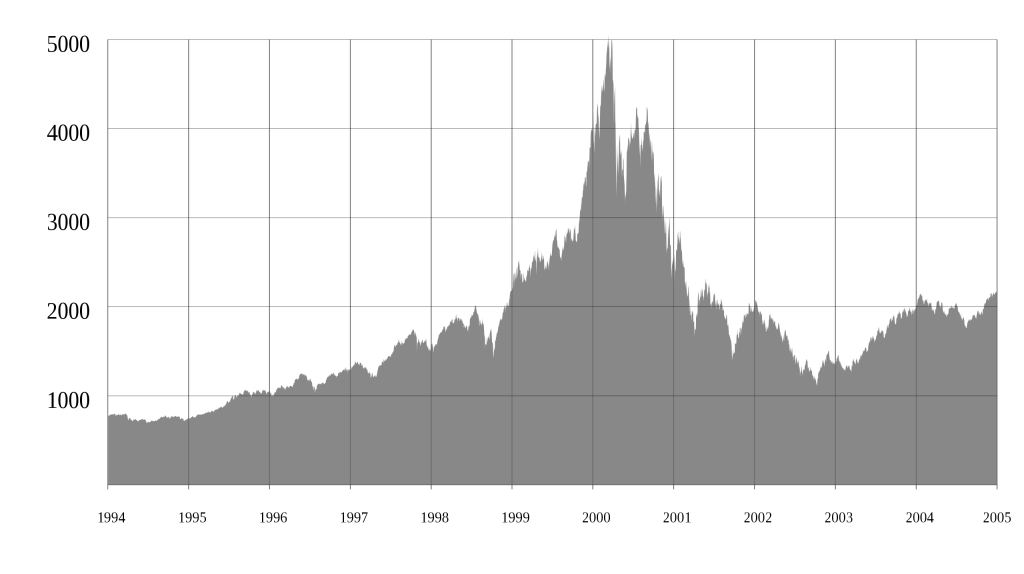Introduction
The internet, an unparalleled technological revolution, was conceptualized within the corridors of United States military establishment in the 1960s. First created as a means for secure communication during the Cold War through ARPANET–Advanced Research Projects Agency Network–it later served as a prototype for what later became the global internet (Leiner et al., 2009). Although initially intended as a closed network limited only to military and government use, its growth has been nothing short of astounding over the years as its purpose morphed from specialization into global platform influenced by academia, commerce and social interactions (Waldfogel, 2012). The aim for this essay is to argue that commercialization has been an immense force that has altered human engagement on multiple fronts: altering economies drastically; revolutionizing media; shifting social norms drastically and altering social interactions as a whole.
The Early Internet: A Tool for Academia and Government
Early iterations of the internet had their foundation in government and academic environments. ARPANET, initiated by the U.S. Department of Defense in 1969, laid the groundwork for modern networking protocols and technologies (Leiner et al., 2009). Conceived as a resilient military communication network using packet-switching technology designed specifically for military use, its functionality quickly found use among academic circles as well.
By the 1970s and 80s, ARPANET had undergone significant expansion to include academic institutions and research centers. Renowned universities and laboratories gained access to ARPANET, providing unparalleled exchanges of scientific data (Clark, 1988). Furthermore, this period saw the emergence of various network protocols such as Transmission Control Protocol/Internet Protocol (TCP/IP), which allowed computers from varying systems to communicate seamlessly; through such advancements, internet became a critical resource not just for military applications but also academia (Vise, 2007).

Arpanet logical map by The Computer History Museum is marked by CC0 1.0 (Wikimedia Commons, 2013).
ARPANET was quickly adopted among U.S. government agencies and contractors, facilitating real-time data sharing to improve operational efficiency and collaboration across different government sectors (Kling & Castells, 2002; Wikimedia Commons, 2013). Yet despite its growing reach, early internet was never commercial; network access fees made commercial use prohibitive; this ensured ARPANET and its successor networks largely remained limited to government and academic sectors (Cerf & Kahn, 1974). Thus, early internet use primarily focused on secure military communications and as an academic-and governmental data exchange hub, operating within a framework of exclusivity and restriction which prohibited wider societal and commercial engagement. Not solely technological in nature but imposed policy-wise to meet initial goals while managing high operational costs effectively – meaning the internet remained more of a specialized tool than commercial powerhouse.
The Push for Commercialisation
As the 1980s progressed, pressure for commercialization of the internet rose across various sectors. Telecommunications companies, technology corporations and entrepreneurial ventures exerted pressure on policymakers to open up access for commercial exploitation (Levis et al., 2017). Existing landscape characterized by rigid government policies and high access costs was perceived as hindering technological progress and economic innovation (Nelson, 1997).
Responding to market pressures, the government gradually eased restrictions and allowed for the privatization of internet infrastructure. NSFNET emerged as an essential backbone for internet services, replacing ARPANET while lifting any ban on commercial activity. These policy changes led to unprecedented expansion of private networks and online services including Compuserve, America Online (AOL) and various Bulletin Board Systems (BBS), pioneers for providing internet services directly to public audiences; becoming models for commerce and communication online (Waldfogel, 2012).
Tim Berners-Lee made history in 1991 with his release of the World Wide Web protocol, which allowed websites and browsers to access them (Autor, 2015). This breakthrough transformed internet usage from being predominantly text-based and used primarily for academia and government to becoming an accessible multimedia platform that serves multiple commercial interests as well as the general public (Appiah Osei & Kwao-Boateng, 2023).
Commercialization represented an intricate interplay of social, political, and economic forces. Due to increased market access and wider social engagement, regulatory changes were introduced which enabled the privatization of internet service and lifting of commercial restrictions. Private networks and the World Wide Web were key milestones in this transition, significantly altering how people interacted online from closed, academic networks into commercial platforms that revolutionized communication, business transactions, and social engagement.
The Dot Com Boom
The late 1990s witnessed an extraordinary period of exponential expansion and speculation associated with internet businesses known as “Dot Com Boom.” Internet platforms became an emerging commercial platform that witnessed an incredible explosion of activities ranging from e-commerce and advertising online, fundamentally altering business models and market dynamics (Clark, 1988). This period was marked by an unprecedented flurry of initial public offerings (IPOs) from tech-based companies such as Netscape, Yahoo!, eBay and Amazon, to name just a few. Many IPOs saw stock prices skyrocket for companies which hadn’t generated profits yet — reflecting both high expectations and the highly speculative nature of the market (Nelson, 1997).
The late 1990s economic climate created a speculative investment bubble focused on internet-based companies and stocks. Venture capitalists invested money into multiple internet startups with hopes that these would quickly dominate their respective online markets (Appiah Osei & Kwao-Boateng, 2023). Unfortunately, however, the market could no longer support such optimism; by 2000-2001 the dotcom bubble burst resulting in massive corrections on both stock markets as well as bankruptcy of numerous internet firms (Strahilevitz & Benkler, 2007).
Even during the collapse of the dotcom bubble, many companies were able to withstand and emerge as leading tech titans today. Amazon and eBay both successfully modified their business models and operational efficiencies to remain leaders in e-commerce; others such as Google came forward with sustainable revenue models designed to take advantage of a rapidly expanding digital economy (Perera et al., 2018).

Nasdaq Composite dot-com bubble from 1994-2005 by Lalala666 is marked by CC0 1.0 (Wikimedia Commons, 2007).
The Dot Com Boom of the late 1990s was marked by an explosive rise in technology and internet-related stocks, most prominently represented by the Nasdaq Composite index. Unfortunately, this period of exuberant optimism culminated in a market crash around 2000-2001 when Nasdaq Composite suffered dramatic drops, signalling its collapse (Wikimedia Commons 2007).The Dot Com Boom serves as an illustration of the volatile potential of technological innovation combined with speculative investment. This period forever altered the commercial landscape of the internet despite market fluctuations that caused great uncertainty at that time. Although many companies failed as a result of its explosion, those that survived thanks to innovative adaptations continue to define its capabilities in today’s business environment (Autor, 2015).
The New Digital Economy
As the internet has developed into an economic platform, its transformation into commercial enterprise has given birth to what is often referred to as the “New Digital Economy,” defined by technological paradigms such as Web 2.0, e-commerce and big data analytics. Web 2.0 was coined to describe the shift from static web pages to dynamic and shareable content which led to user-generated content, social media platforms and interactive applications thus increasing engagement with online information sources (Vise, 2007).
Financially speaking, the internet revolution has given birth to multi-billion dollar industries like e-commerce, online advertising and big data analytics (Perera et al., 2018). Platforms such as Google, Facebook, YouTube and Amazon have taken an outsized role in shaping this digital landscape by exerting their immense power over online commerce, communication and information retrieval (Kling & Castells, 2002).
Digital transformation has had an immense impact on various sectors, radically altering business models and consumer behaviour across several industries. Industries such as media, retail, classifieds and travel have experienced major disruptions that often benefit innovative startups or digital enterprises (Wang et al., 2019). For music/video distribution for example, physical sales have dropped while streaming services have mushroomed exponentially – altering how content is consumed and monetised (Strahilevitz & Benkler, 2007).
The New Digital Economy has had multiple ripple effects on productivity, economic growth and small businesses (Waldfogel, 2012). Adopting digital technologies has resulted in productivity gains while simultaneously sparking concerns regarding job displacement and skills mismatch. Furthermore, tech monopolies, inequality of access and privacy issues have cast a shadow over democratic ideals once associated with the Internet (Torres-Hernández et al., 2022).
Conclusion
To conclude, the internet has gone through numerous transformative phases during its journey from military and academic tool to global commercial platform. From ARPANET to the Dot Com Boom and then to the New Digital Economy, each stage has had profound ramifications on economics, media, and society. Commercialization of the internet has made it a powerful medium, revolutionizing various sectors while democratizing information (Benkler, 2006). However, this transformation has also presented major economic and social challenges – such as privacy concerns, uneven access, tech monopolies. Moving forward, commercialized internet will continue to evolve, offering both incredible opportunities as well as complex obstacles that society must negotiate carefully.
References
Appiah Osei, B., & Kwao-Boateng, E. (2023). Critical Review on Internet of Things (IoT): Evolution and Components Perspectives. In Artificial Intelligence: IntechOpen.
Autor, D. H. (2015). Why Are There Still So Many Jobs? The History and Future of Workplace Automation. Journal of Economic perspectives, 29(3), 3-30. https://doi.org/10.1257/jep.29.3.3
Cerf, V., & Kahn, R. (1974). A Protocol for Packet Network Intercommunication. IEEE Transactions on communications, 22(5), 637-648. https://doi.org/10.1109/tcom.1974.1092259
Clark, D. (1988). The design philosophy of the DARPA internet protocols. ACM SIGCOMM Computer Communication Review, 18(4), 106-114. https://doi.org/10.1145/52325.52336
Kling, R., & Castells, M. (2002). The Internet Galaxy: Reflections on the Internet, Business, and Society. Academe, 88(4), 66. https://doi.org/10.2307/40252194
Leiner, B. M., Cerf, V. G., Clark, D. D., Kahn, R. E., Kleinrock, L., Lynch, D. C., Postel, J., Roberts, L. G., & Wolff, S. (2009). A brief history of the internet. ACM SIGCOMM Computer Communication Review, 39(5), 22-31. https://doi.org/10.1145/1629607.1629613
Levis, P., Boucadair, M., Morand, P., Spencer, J., Griffin, D., Pavlou, G., & Trimintzios, P. (2017). A New Perspective for a Global QoS-based Internet. Journal of Communications Software and Systems, 1(1), 13. https://doi.org/10.24138/jcomss.v1i1.314
Nelson, R. A. (1997). Recent Evolutionary Theorizing About Economic Change. In Theorien der Organisation (pp. 81-123): VS Verlag für Sozialwissenschaften.
Perera, C., Barhamgi, M., De, S., Baarslag, T., Vecchio, M., & Choo, K.-K. R. (2018). Designing the Sensing as a Service Ecosystem for the Internet of Things. IEEE Internet of Things Magazine, 1(2), 18-23. https://doi.org/10.1109/iotm.2019.1800023
Strahilevitz, L. J., & Benkler, Y. (2007). The Wealth of Networks: How Social Production Transforms Markets and Freedom. The Yale Law Journal, 116(7), 1472. https://doi.org/10.2307/20455766
Torres-Hernández, N., García-Martínez, I., & Gallego-Arrufat, M.-J. (2022). Internet Risk Perception: Development and Validation of a Scale for Adults. European journal of investigation in health, psychology and education, 12(11), 1581-1593. https://doi.org/10.3390/ejihpe12110111
Vise, D. (2007). The Google Story. Strategic Direction, 23(10). https://doi.org/10.1108/sd.2007.05623jae.001
Waldfogel, J. (2012). Copyright Research in the Digital Age: Moving from Piracy to the Supply of New Products. American Economic Review, 102(3), 337-342. https://doi.org/10.1257/aer.102.3.337
Wang, Y.-S., Tseng, T. H., Wang, Y.-M., & Chu, C.-W. (2019). Development and validation of an internet entrepreneurial self-efficacy scale. Internet research, 30(2), 653-675. https://doi.org/10.1108/intr-07-2018-0294
Wikimedia Commons. (2007). Nasdaq Composite dot-com bubble. https://commons.wikimedia.org/wiki/File:Nasdaq_Composite_dot-com_bubble.svg
Wikimedia Commons. (2013). File: Arpanet logical map, march 1977 PDP-10.png. https://commons.wikimedia.org/wiki/File:Arpanet_logical_map,_march_1977_PDP-10.png